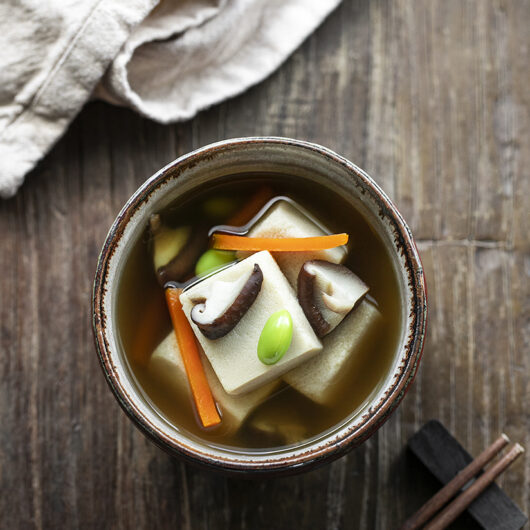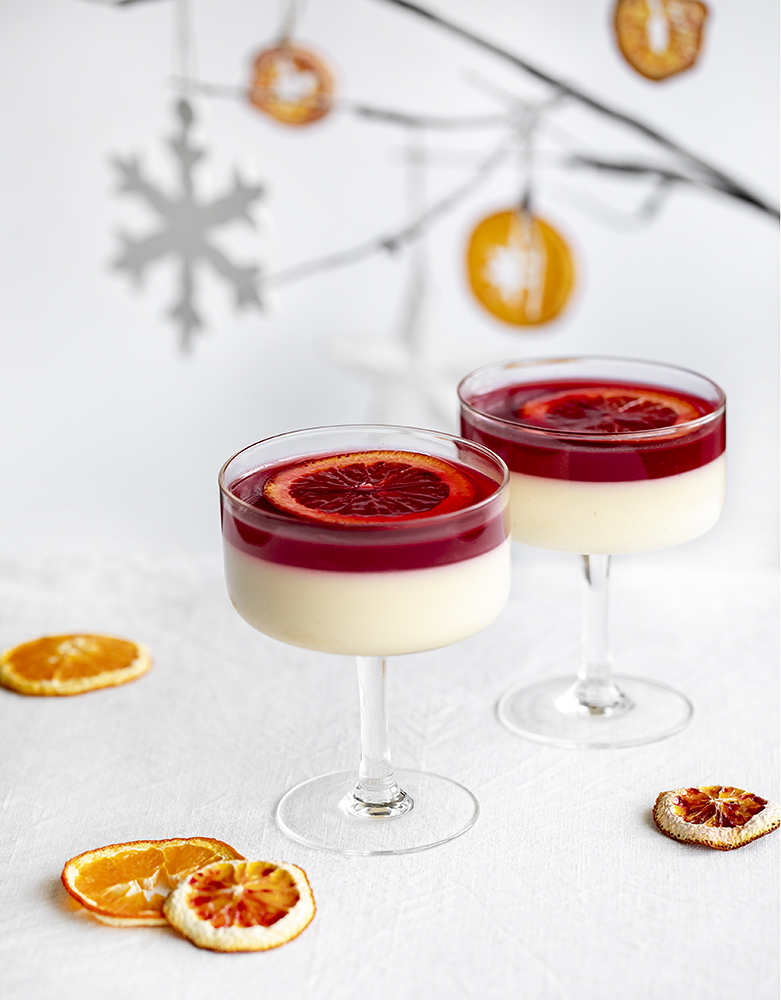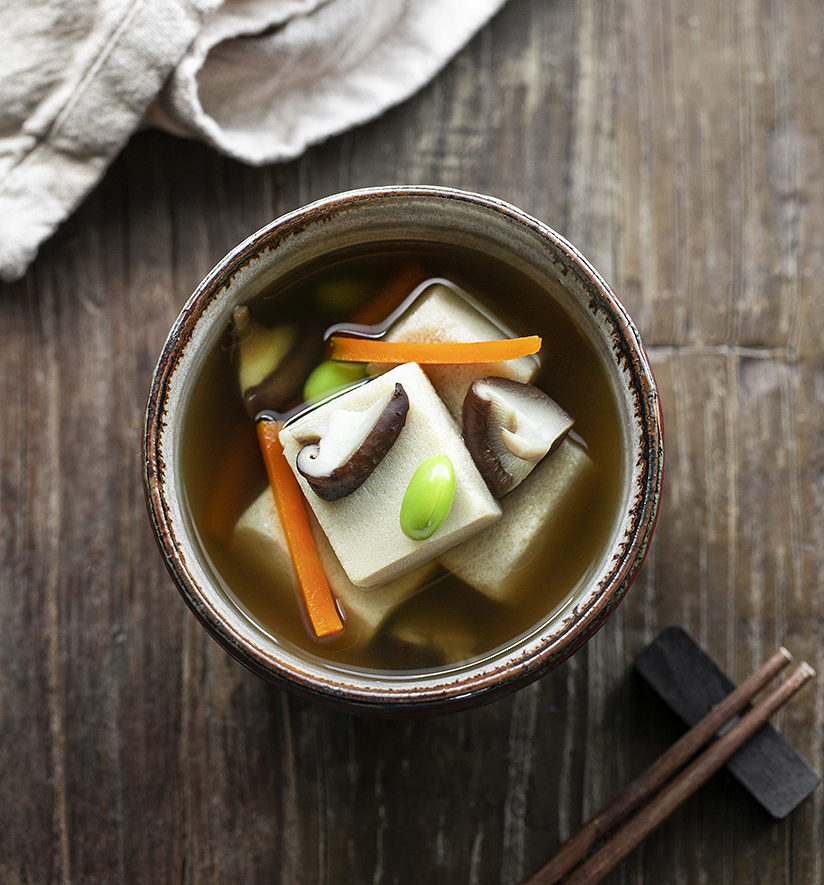
Rehydrated freeze-dried tofu simmered in a sweet and rich in umami dashi stock. This dish is a feast of Japanese flavours and textures.
Continuing my research on Japanese cuisine.
Everyone knows sushi and ramen. But besides this, there are a huge number of less popular but absolutely delicious dishes in Japanese cuisine. Especially I like dishes based on flavourful dashi stock such as chawanmushi, oyakodon, nikujaga and koya-dofu. They usually have a delicate and subtle flavour. In the absence of strong flavourings, Umami takes over to add depth to satisfy the palate.
Strong flavourings are less popular in Japan. Even famous Korean condiment Kimchi has been improved for the more delicate Japanese version. But if you would like to enjoy these delicate flavours, you have to work on your taste buds too, this is no less important than the taste of the dish. And this is why I decided to stop eating fast food many years ago. Life is too short to eat fast food. It all about your health, but not only, another reason – the sharp flavours of fast food, that are killing your sensitive taste buds. Fat, acid, salt and glucose syrup, which is much sweeter than sugar, the combination that has been created for your addiction. When fast food and tonnes of sugar are left in my life, I found the beautiful world of natural food and a new gorgeous palette of flavours.
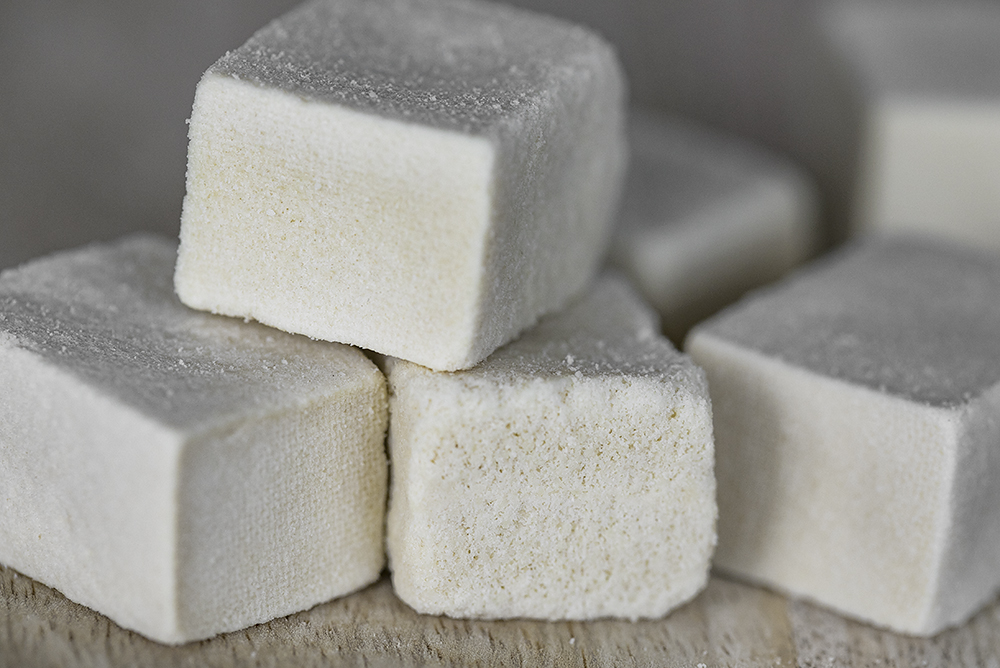
First time I tasted koya-dofu last winter during our holidays in Nagano (this is Nagano prefecture speciality). It was absolutely unknown product for me and I immediately asked the guy who served the food to help me to find out. I don’t speak Japanese, but if it concerns food, this is absolutely no matter. In Japan, everybody is obsessed with food, and it makes me really happy. Talking about food in Japan you can use any types of communications such as drawing, pictures from Google, explaining using your fingers, and people are always happy to help you.
Later I found koya-dofu in a gourmet shop, the best travel gift ever. I assumed that this is one of the modern products on the market as freeze-dried raspberries and kimchi. However, my dearest friends in Japan gave me the right explanation.
Koya-dofu (also known as “kori tofu”) is a traditional Japanese food dating back to ancient times. It is highly nutritious and rich in protein, hence its fame as the “meat of the fields.” By freezing fresh, uncooked tofu and then storing it in a refrigerator for a fixed period of time, the soy proteins are naturally denatured and matured. Through this process, the tofu gains new, unique textures and other new characteristics, and when dehydrated, it becomes an excellent example of a naturally preserved food.
This is what exactly Japanese grandmothers did to preserve food, they kept the tofu outside during winter frosts. And that is how modern freeze-drying technology was born.
The freezing process creates a distinct spongy texture, that absorbs all flavours rapidly. This is exactly what I usually try to achieve when I press common tofu and remove maximum moisture before cooking.
Koya-dofu is usually simmered in flavourful dashi stock. It also could be prepared deep-fried or as katsu (crispy deep-fried koya-dofu cutlet).
Koya-dofu is an important part of Buddhist temple food Shojin Ryori, a type of Buddhist cuisine that exists all over Asia. The cuisine is made without meat, fish or other animal products. In Buddhist temples koya-dofu usually prepared using vegetarian Dashi stock made from dried shiitake mushrooms or dried kombu (kelp) seaweed.
Dashi is a family of stocks used in Japanese cuisine,
and one of the Japanese cuisine’s most important secret weapons, it’s a base of many Japanese dishes. Dashi is made of infusions of foods that are rich in umami, including bonito fish flakes, dried kombu kelp seaweed, dried shiitake mushrooms, and dried whole anchovies. Below you can find the main varieties of Japanese dashi stock:
- Awase-dashi – made from katsuobushi (dried bonito flakes) and kombu (dried kelp)
- Katsuo-dashi – made from katsuobushi (dried bonito flakes) only
- Kombu-dashi – made from kombu ( dried kelp)
- Niboshi-dashi – made from niboshi ( small dried sardines/anchovies)
- Shiitake-dashi – made from dried shiitake mushrooms
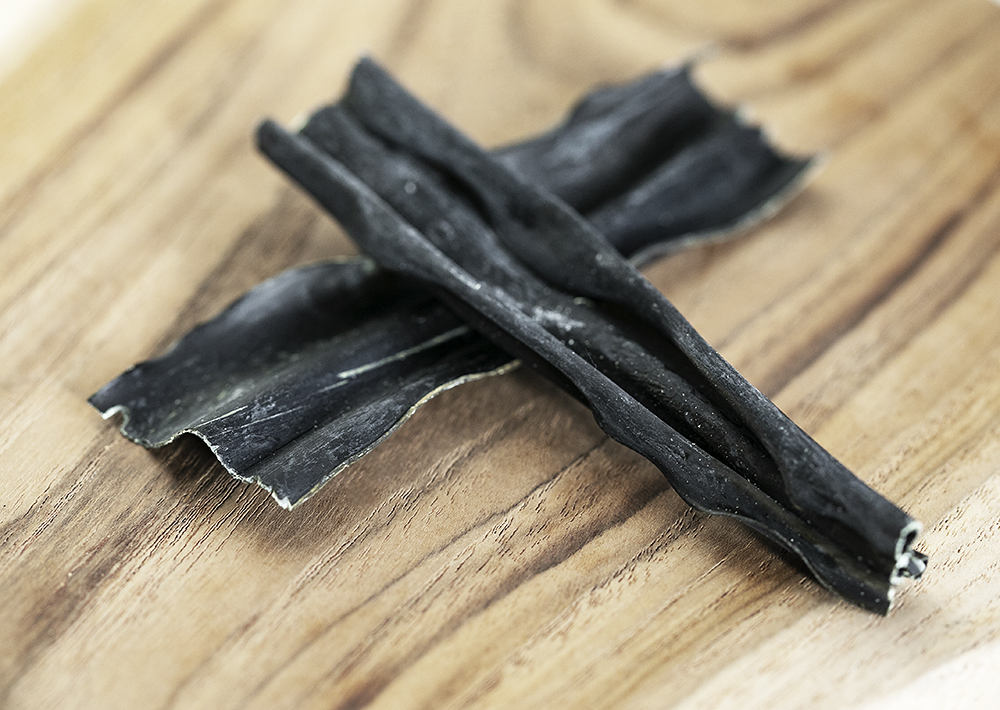
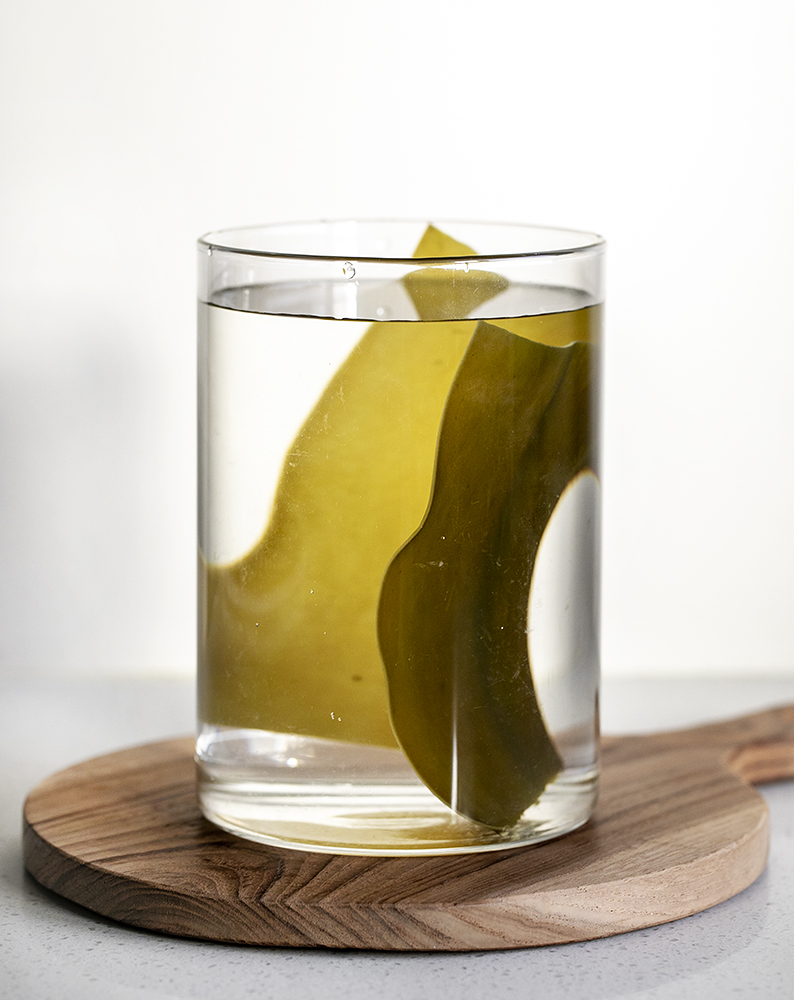
How to prepare koya-dofu properly. There are two methods of preparing koya-dofu. The first method, you can put it in Dashi stock straight away. Or you can carefully soak and wash it in water first, which will help to wash away the milky substance and get the flavour of the koya-dofu more cleaner.
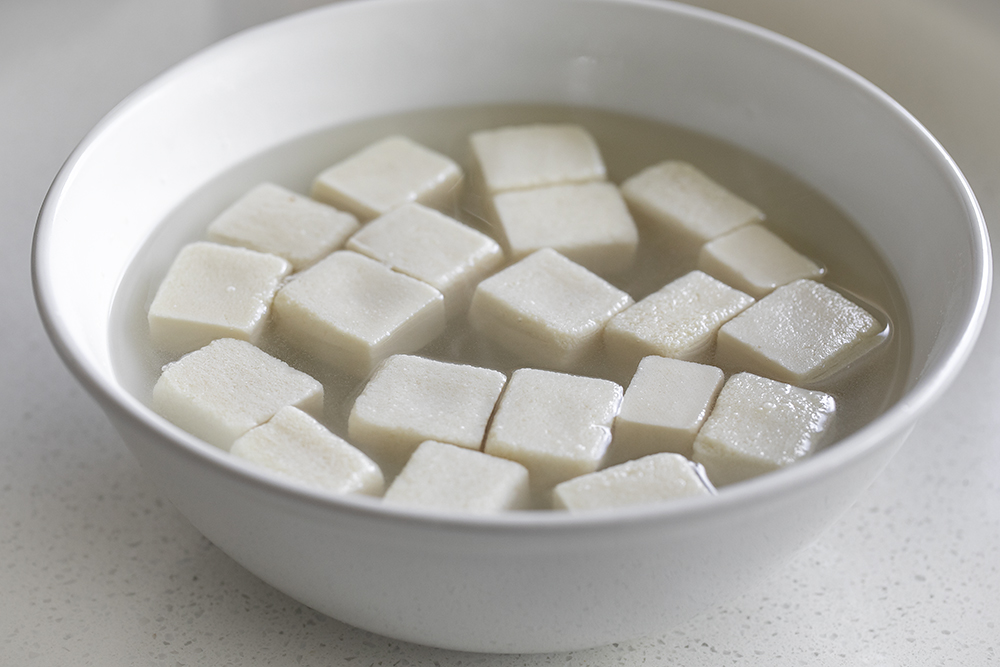
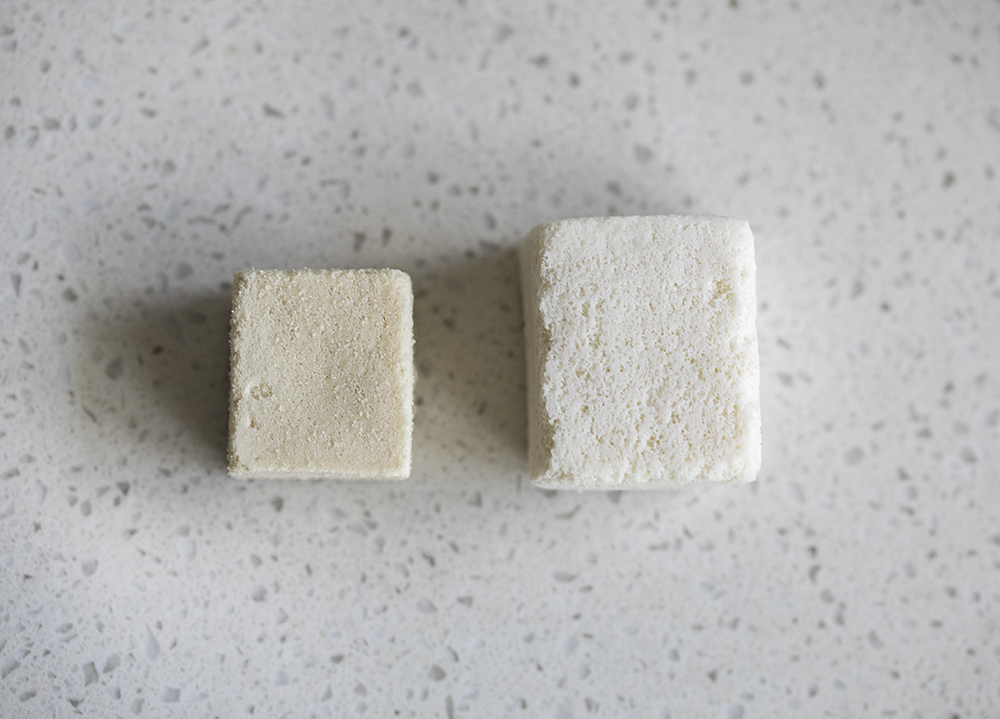
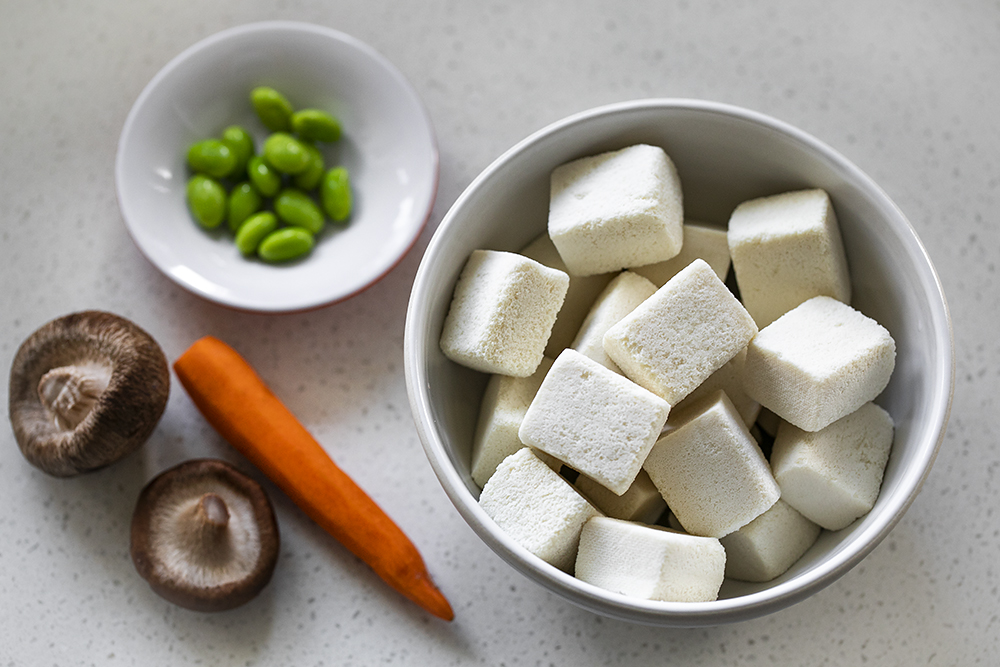
Mirin and cooking sake are two essential condiments used in Japanese cuisine. Both cooking sake and mirin are alcoholic products, the result of fermentation. They have a complex and rich flavour with loads of umami. One of the main differences is sake contains higher alcohol and lower sugar contents, while mirin has a higher sugar content and lower alcohol content.
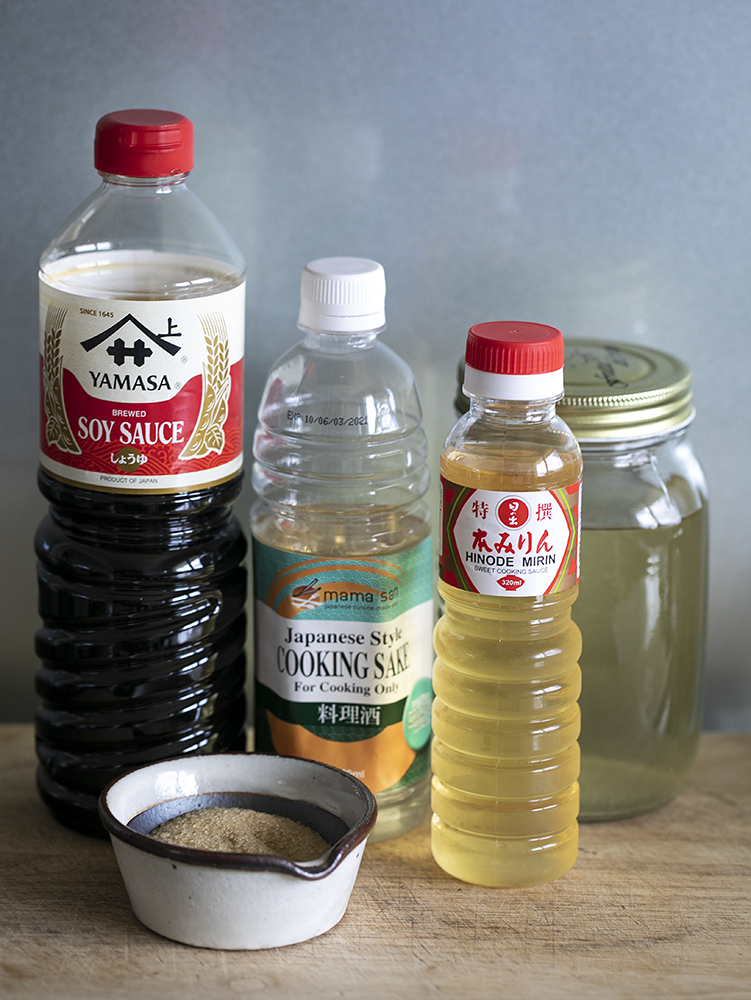
Koya-dofu (Freeze-dried Tofu) Simmered in Aromatic Dashi Stock. Vegan recipe.
Course: Appetizers, Gluten Free, Japanese Food, Soups, VegetarianCuisine: JapaneseDifficulty: Medium4
servings30
minutes10
minutesRehydrated freeze-dried tofu simmered in a sweet and rich in umami dashi stock. This dish is a feast of Japanese flavours and textures.
Ingredients
80 g koya-dofu (freeze-dried tofu)
1/2 cup steamed unshelled edamame beans
2 fresh shiitake mushrooms, sliced
1 small carrot, cut into match stick shape
600 ml dashi stock
2 Tbs light coloured soy sauce
3 Tbs mirin
3 Tbs cooking sake
3 Tbs sugar
pinch of salt
- Dashi stock:
10g Kombu
600ml filtered water
Directions
- Dashi stock: Soak kombu in cold water overnight. Bring the dashi to a near-boil over a low to medium heat. Skim the surface of any impurities occasionally. When you start to see bubbles around the edge of the pan, take the pan off the heat and remove the kombu. Let the liquid cool down slightly.
- Koya-dofu: There are two methods of preparing koya-dofu. The first method, you can put it in Dashi stock straight away. Or you can carefully soak and wash it in water first, which will help to wash away the milky substance and get the flavour of koya-dofu more cleaner. Fill a large bowl with cold water, let the koya-dofu soak up the clean water, usually it takes about 20 minutes. Gently squish koya-dofu squares in the water a few times using your fingers, then press it gently to remove as much water as you can. This is similar to the process of washing a makeup sponge (hey, boys). Reheat the process if needed, until the water will be clean.
- Bring 600 ml of dashi stock to a boil. Add mirin, cooking sake, soy sauce and sugar. Add carrot, shiitake and koya-dofu. Close with a lid, place a paper towel under the lid, and hold it tightly, it helps to prevent condensation dripping. Simmer for 10 minutes on medium-low heat.
- Transfer koya-dofu, stock and vegetables in a container with a lid and refrigerate overnight. Serve koya-dofu chilled, garnish with edamame beans. It can be an excellent appetizer.

